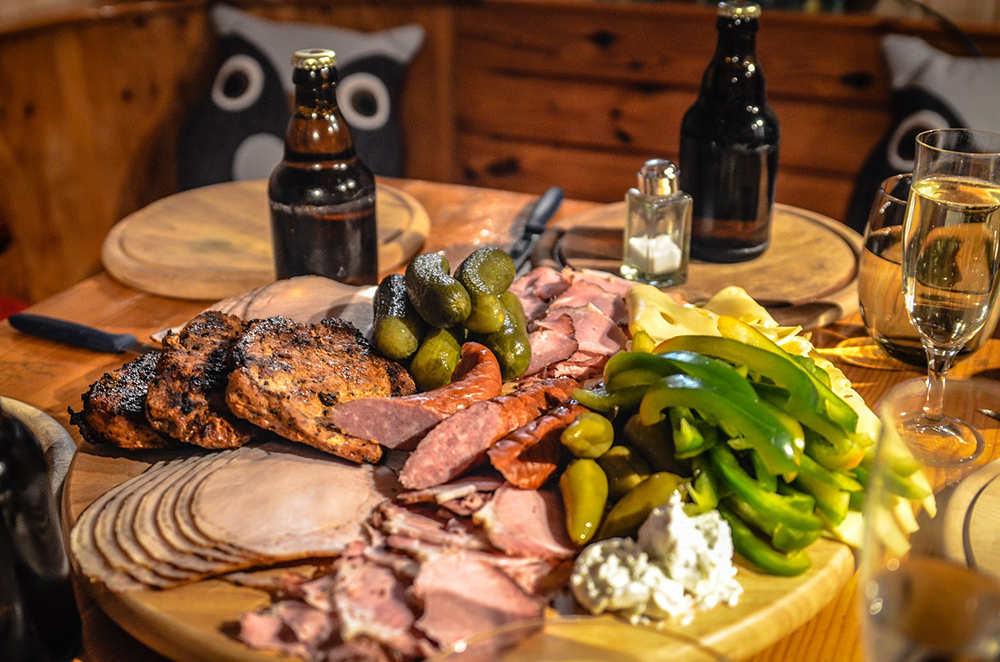With so many different flavors represented on the backyard grill, it can be quite a task to pick one style of beer to compliment it all. Whether it’s cooking around a campfire deep in the woods or tailgating at a baseball game, you’ll want something accessible — and not overpowering — so please leave that triple IPA or 15% bourbon barrel-aged imperial stout for another occasion.

The first thing you want to consider is the meat. Darker, maltier beers like porters, brown ales, and even dark lagers go perfectly with ribs or burgers. For chicken, you’ll want a pilsner or a spicy saison. For pork and bacon, try witbier or hefeweizen.
You can also find red wines that work with the lighter barbecue categories, generally lighter-styled wines. The fruit-forward village wines from Beaujolais work well, and for a little more structure (and not much more money), you can step up the ladder to the Beaujolais crus. For a more aromatic, flowery Beaujolais, try Fleurie. If you want something with a little more heft, opt for Morgon or Moulin-à-Vent. All of the above wines have enough fruit to stand up to the spice and smoke of the barbecue, and none have the type of tannins that will do battle with your ‘cue.
Ribs are perhaps my favorite barbecue category, and the easiest to approximate on my humble gas grill. In Kansas City, they use pork spareribs, not baby backs, but it’s not so much the type of ribs you use as the type of dry rub or sauce you choose that will make the difference for the wine. I prefer my sauces and rubs in the mid-range: a little zing, a dash of pepper, and a finish that leaves you with some feeling on your lips and tongue. My wine choices here also fall in the middle: good fruit, nice balance, but nothing from the in-your-face monster category. I have two favorite wine categories for my ribs: Tuscan and Rioja. Chianti Classico works nicely and, moving south in Tuscany to the Montalcino region. I’d concentrate on the lighter Rossos rather than, the bigger Brunellos. Not only are they fruitier and less tannic, which generally makes them better foil for the barbecue, but you’ll also probably have a hard time convincing yourself to shell out 50 or 60 bucks for a Brunello and then pouring it with a backyard barbecue. As for Italy’s neighbors across the Mediterranean, the wines of Rioja are terrific with a wide range of grilled and smoked foods. There’s just something about that dusty, plummy flavor you get from Tempranillo that works really well.
The other most commonly barbecued meats—beef and sausage—are often complemented by the same types of wines: a bit fuller, a bit richer, a bit bigger in style and substance. And since barbecue is the ultimate expression of American cuisine, here’s where we finally get around to talking about some American wines—Zinfandel and fuller-bodied Merlots—as well as the specialty of another barbecuing nation, Australian Shiraz.
Zinfandel and Shiraz are perhaps the two best barbecue wines, period. They have a chameleon-like ability to adapt to the flavors on the plate, and a weight and taste-profile that aims to please.

